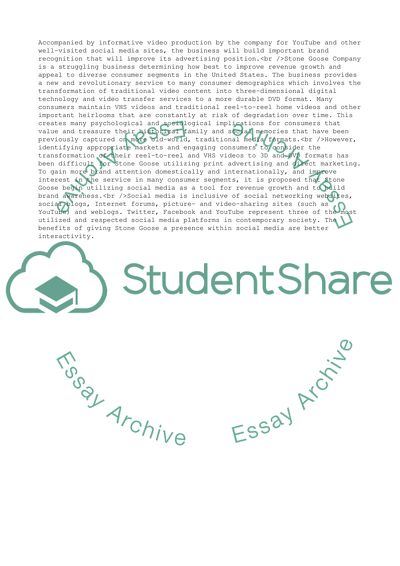Cite this document
(Business Proposal on a New Social Media Policy for Stone Goose Company Plan Example | Topics and Well Written Essays - 1500 words, n.d.)
Business Proposal on a New Social Media Policy for Stone Goose Company Plan Example | Topics and Well Written Essays - 1500 words. https://studentshare.org/business/1809079-business-proposal-on-a-new-social-media-policy-for-stone-goose-company
Business Proposal on a New Social Media Policy for Stone Goose Company Plan Example | Topics and Well Written Essays - 1500 words. https://studentshare.org/business/1809079-business-proposal-on-a-new-social-media-policy-for-stone-goose-company
(Business Proposal on a New Social Media Policy for Stone Goose Company Plan Example | Topics and Well Written Essays - 1500 Words)
Business Proposal on a New Social Media Policy for Stone Goose Company Plan Example | Topics and Well Written Essays - 1500 Words. https://studentshare.org/business/1809079-business-proposal-on-a-new-social-media-policy-for-stone-goose-company.
Business Proposal on a New Social Media Policy for Stone Goose Company Plan Example | Topics and Well Written Essays - 1500 Words. https://studentshare.org/business/1809079-business-proposal-on-a-new-social-media-policy-for-stone-goose-company.
“Business Proposal on a New Social Media Policy for Stone Goose Company Plan Example | Topics and Well Written Essays - 1500 Words”. https://studentshare.org/business/1809079-business-proposal-on-a-new-social-media-policy-for-stone-goose-company.


